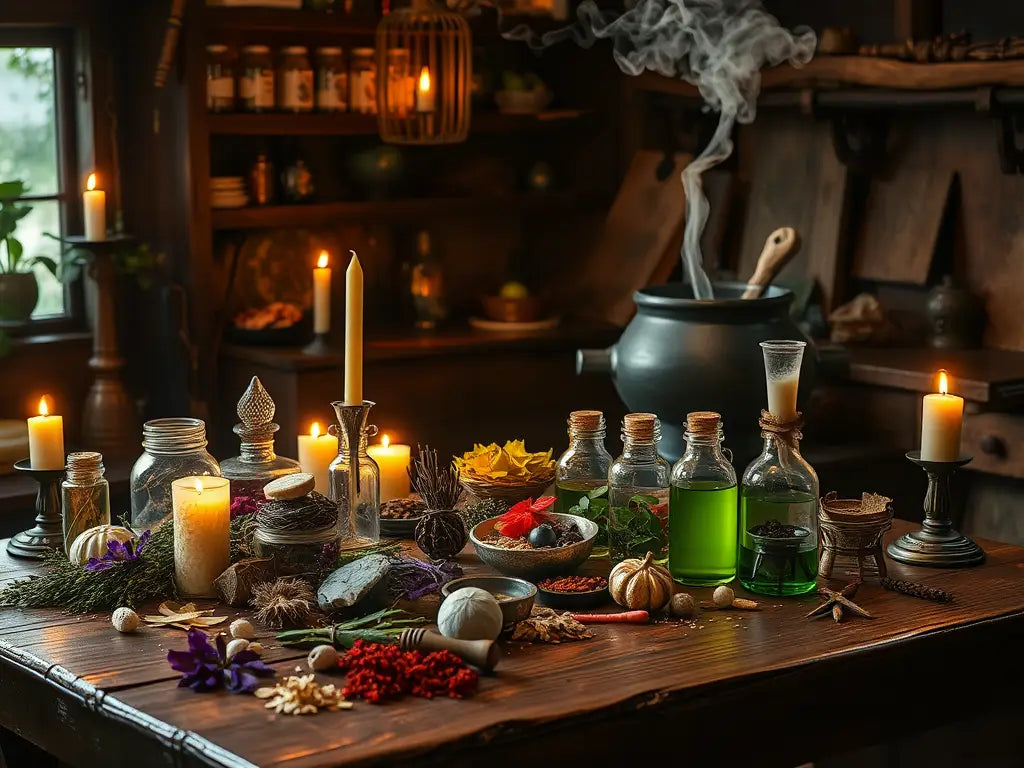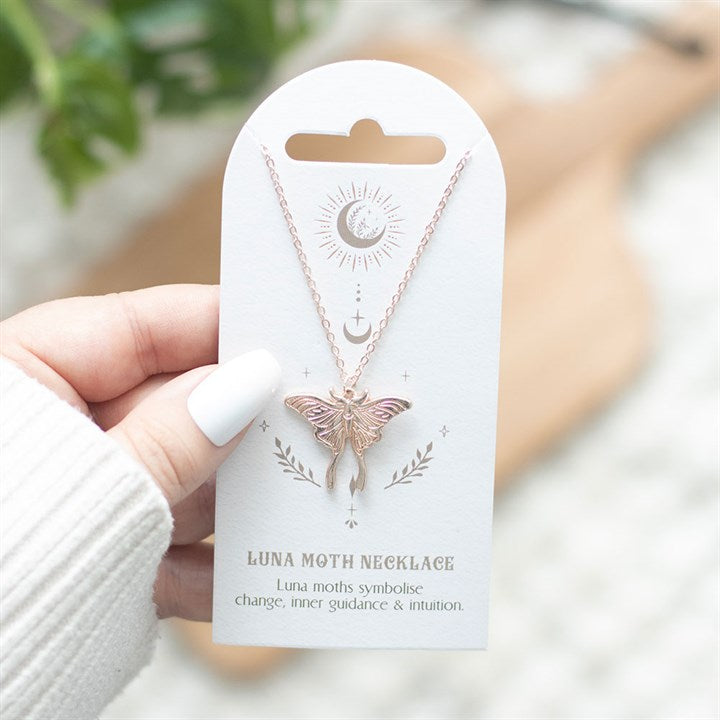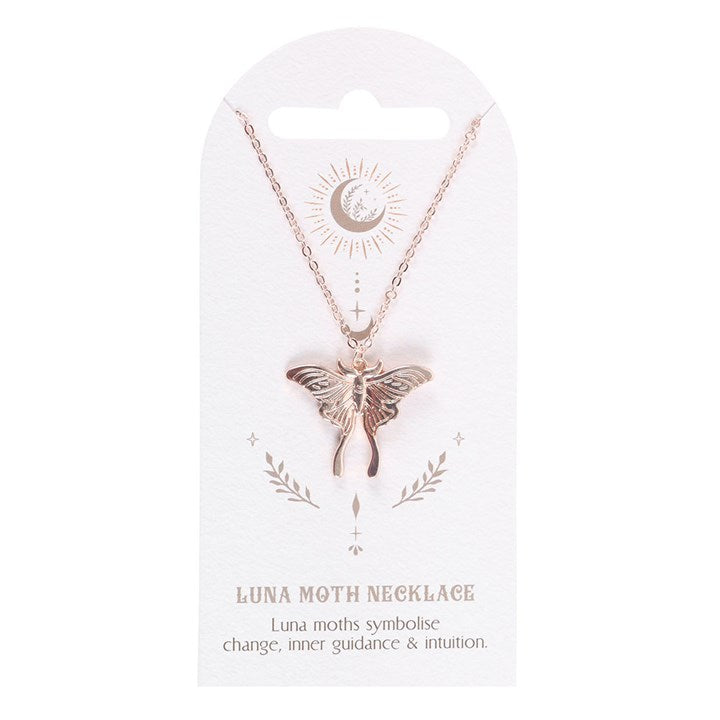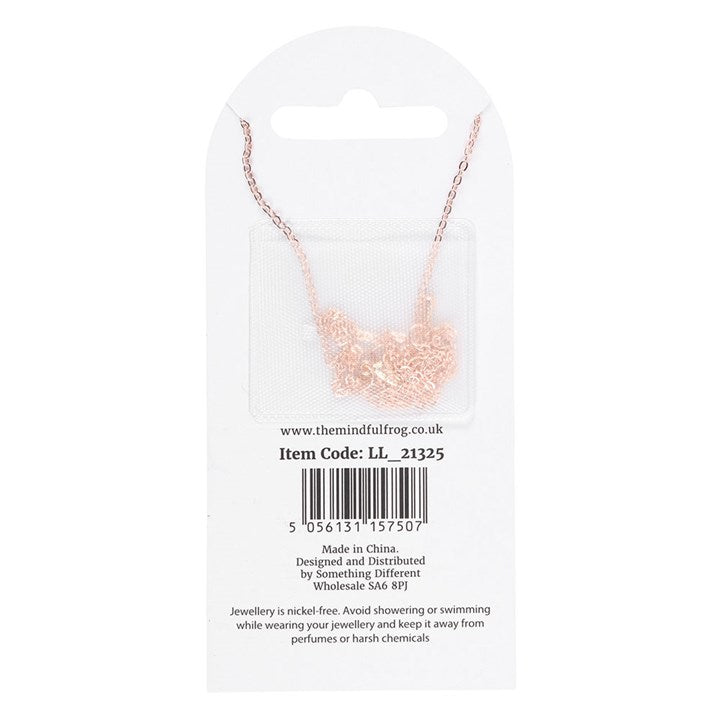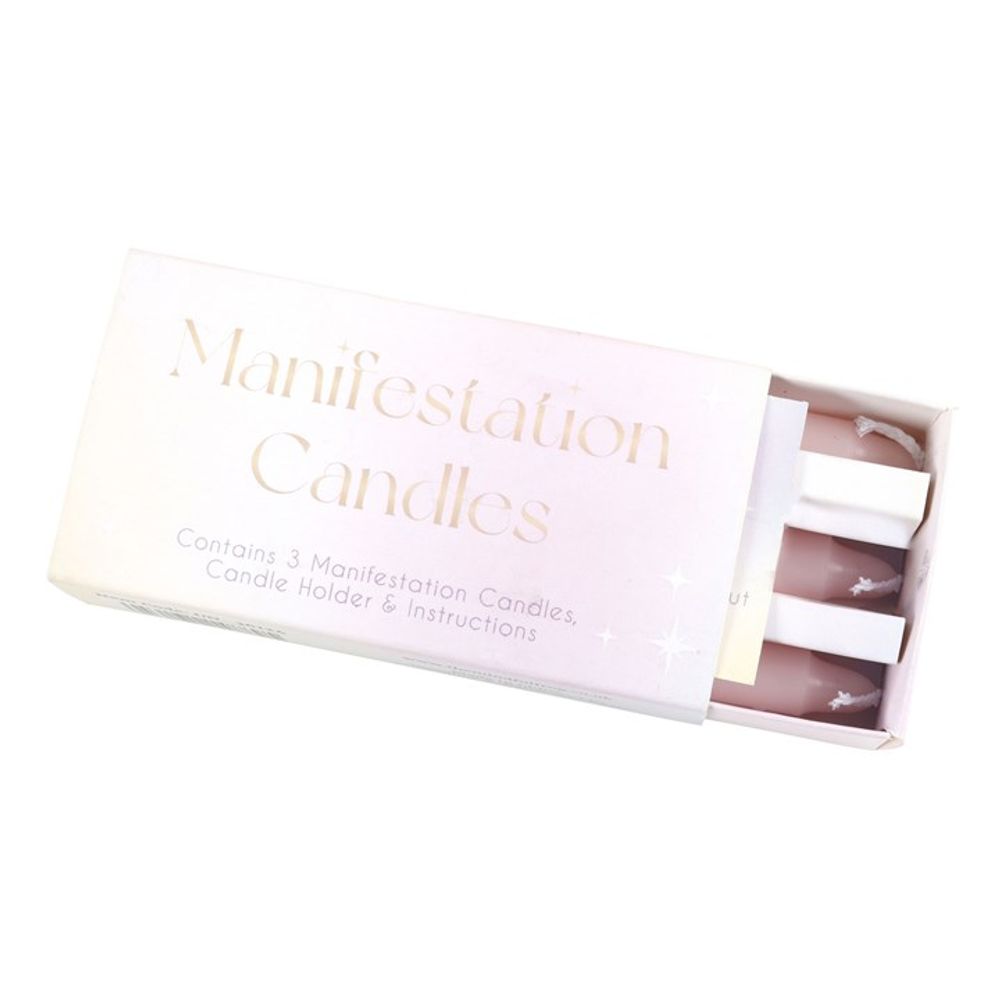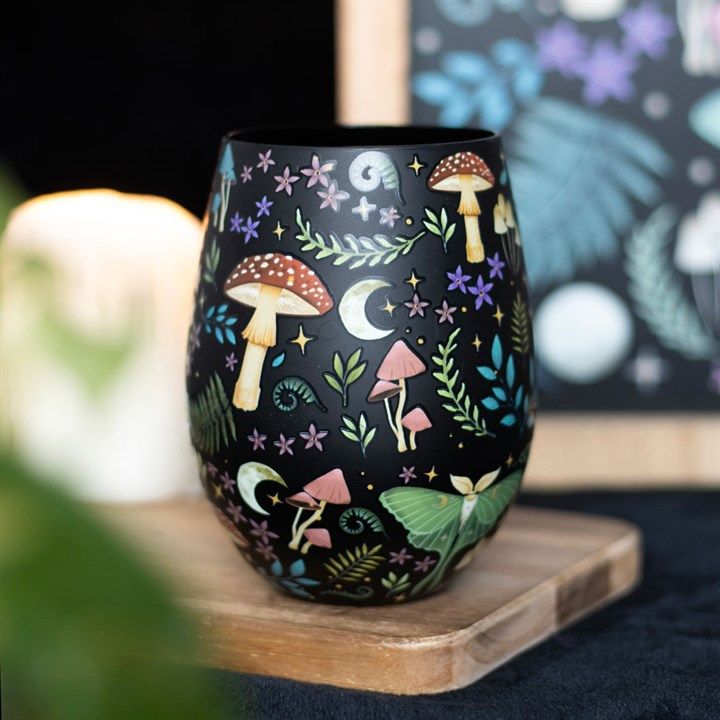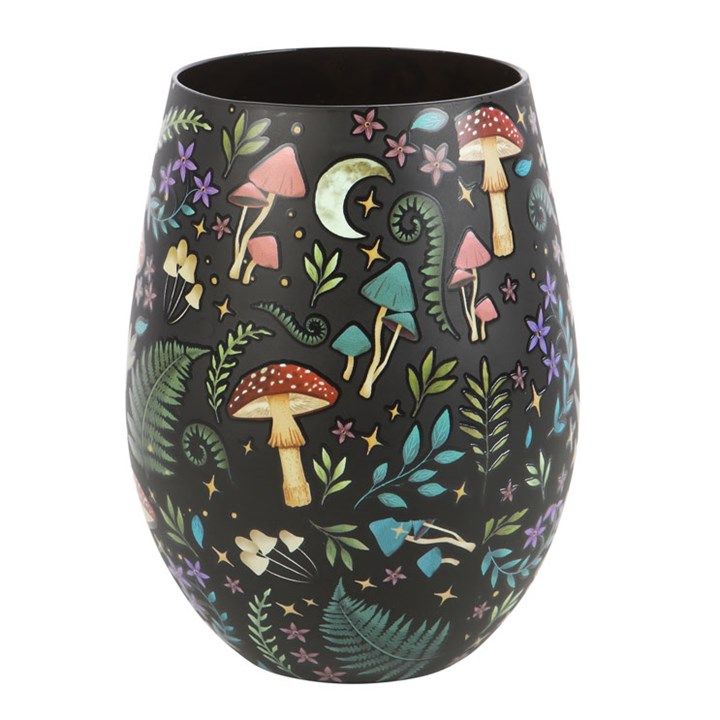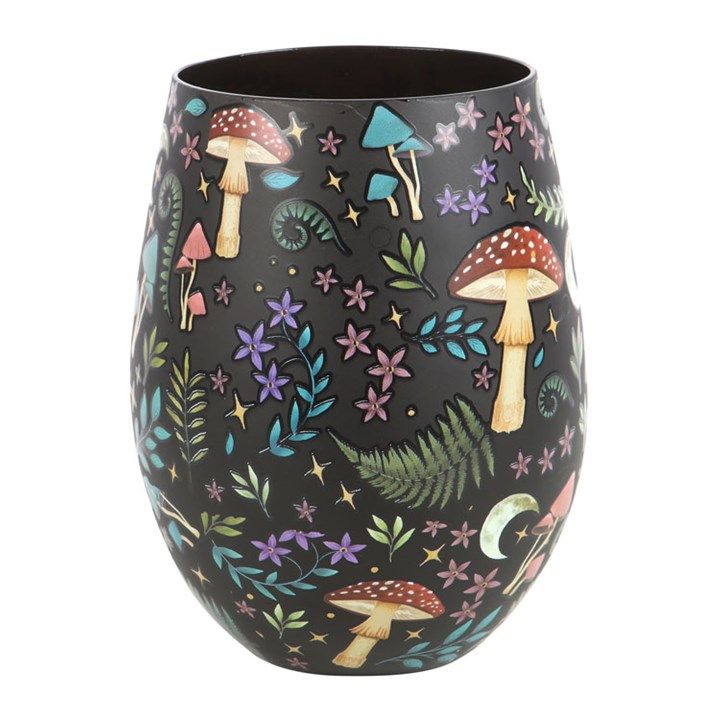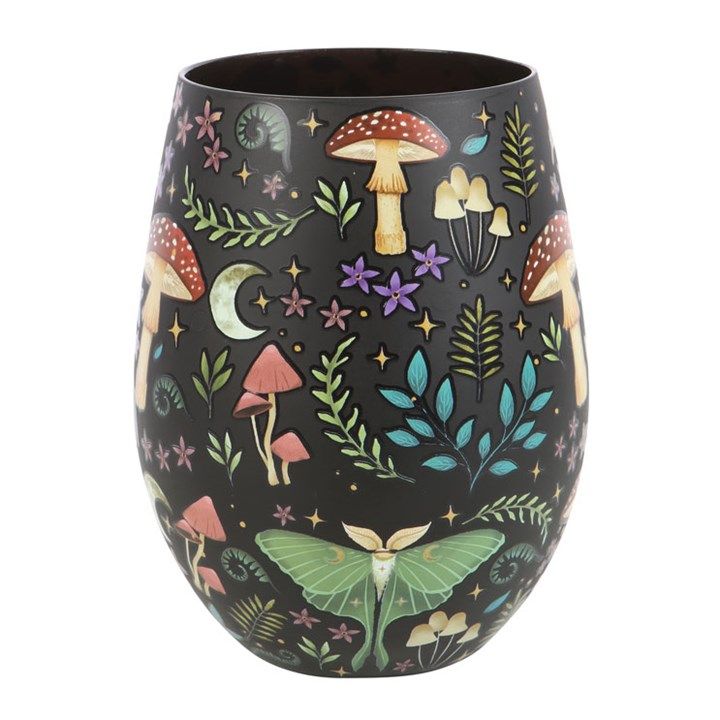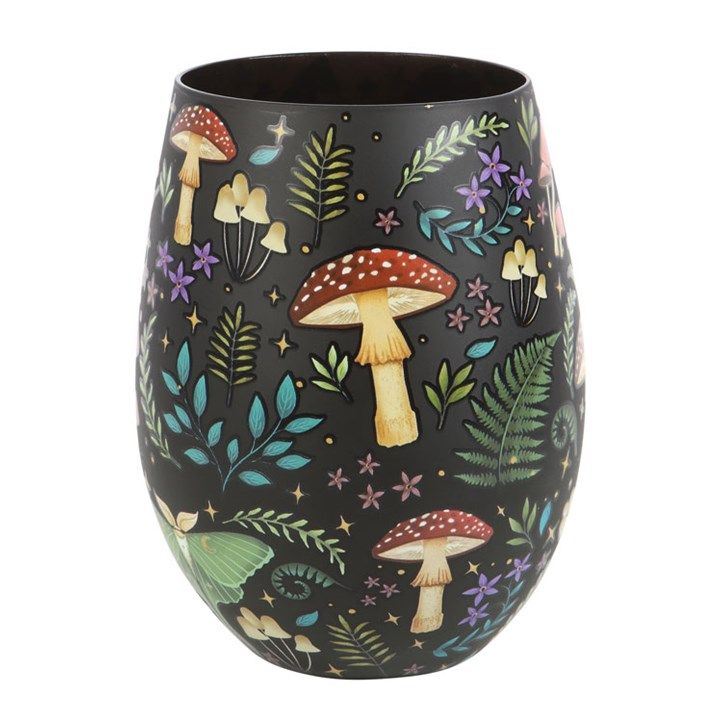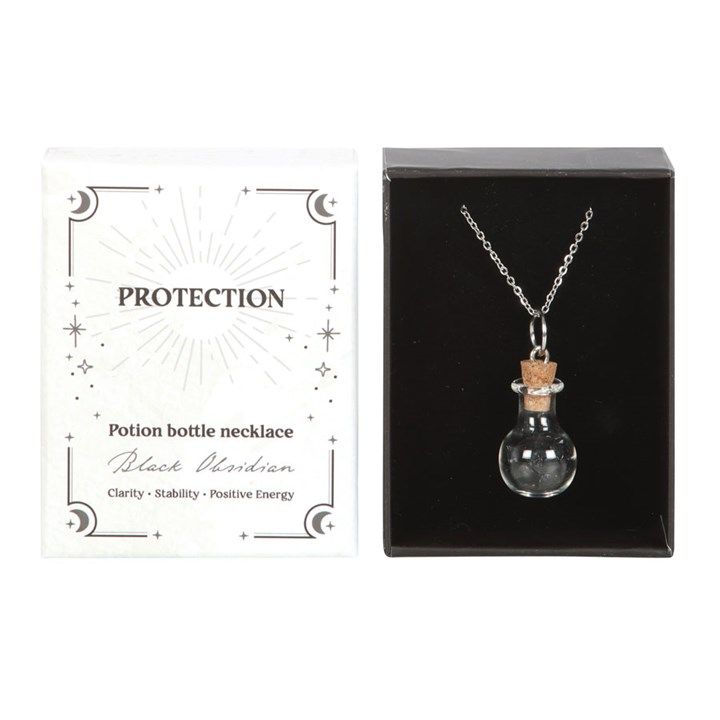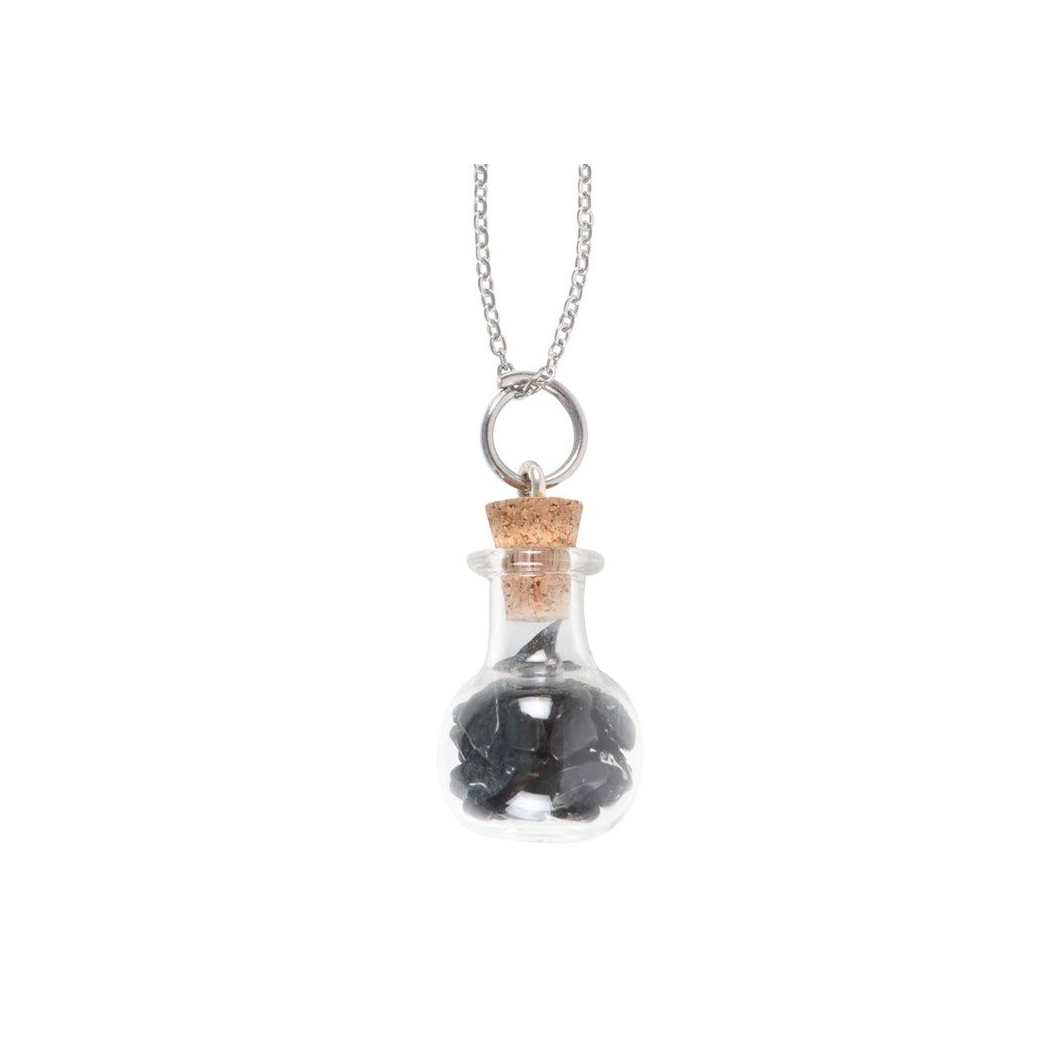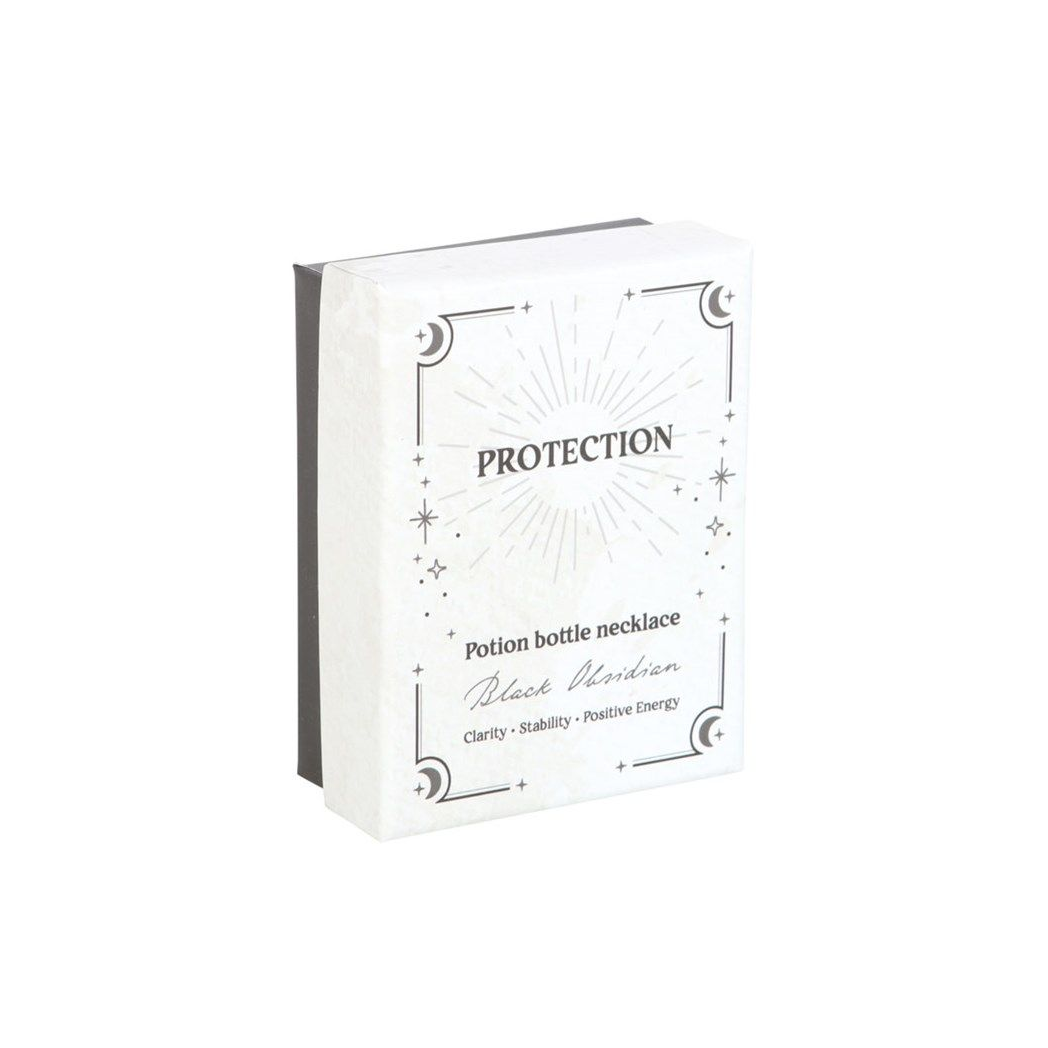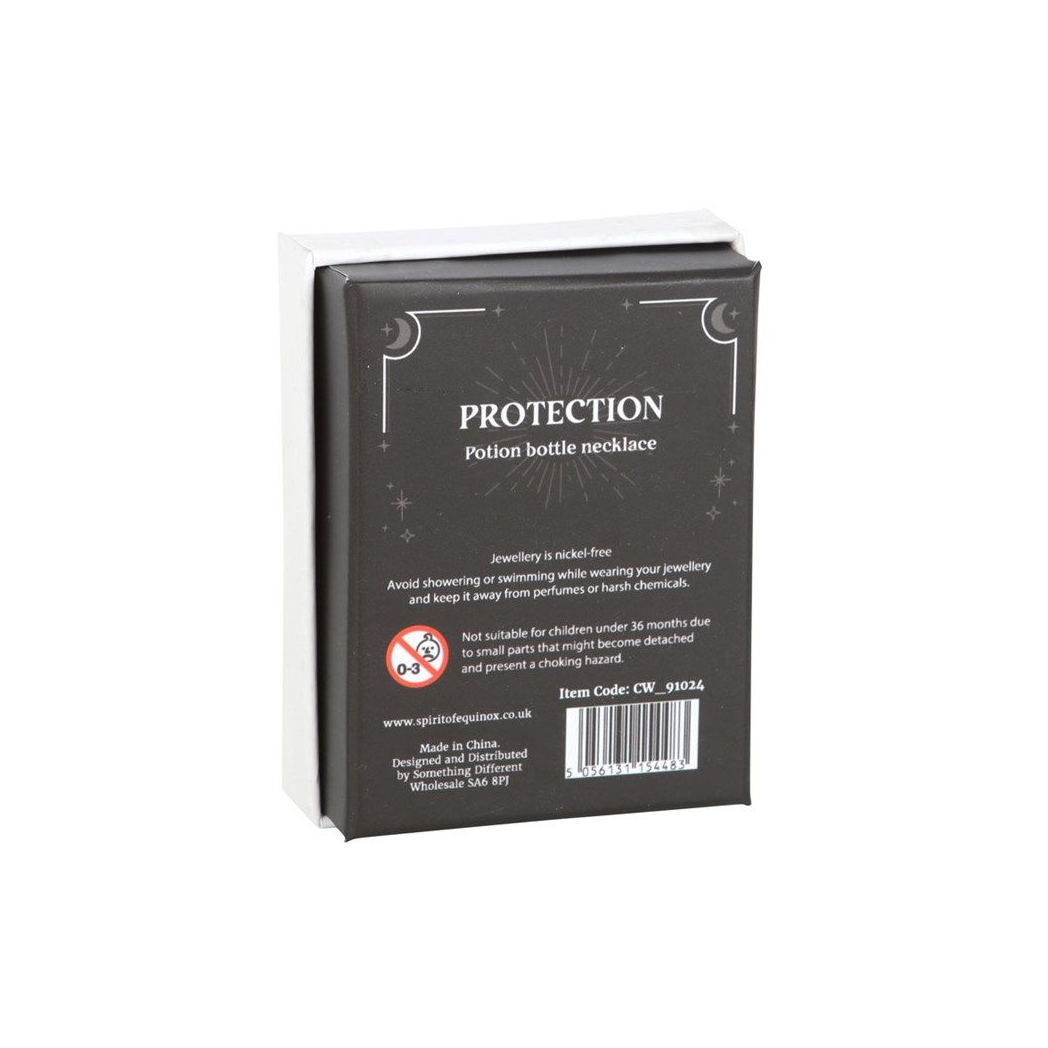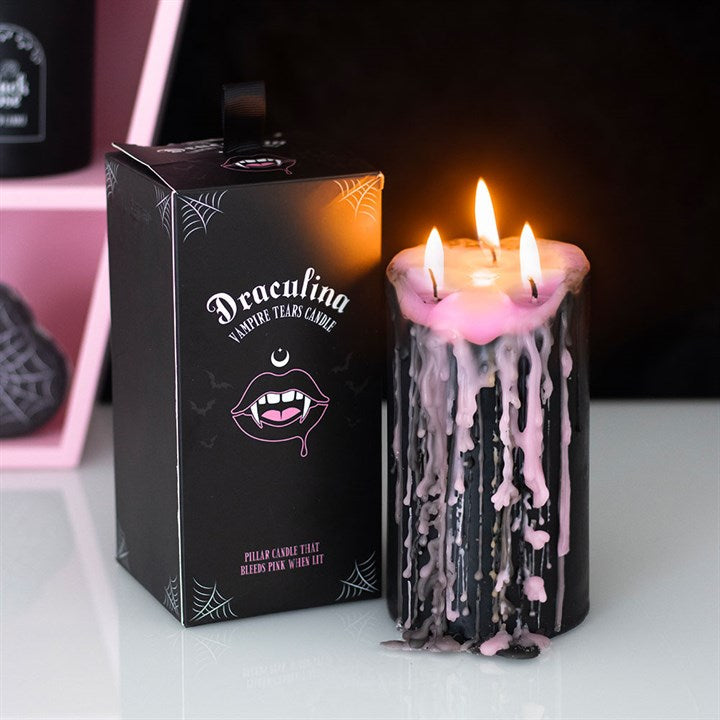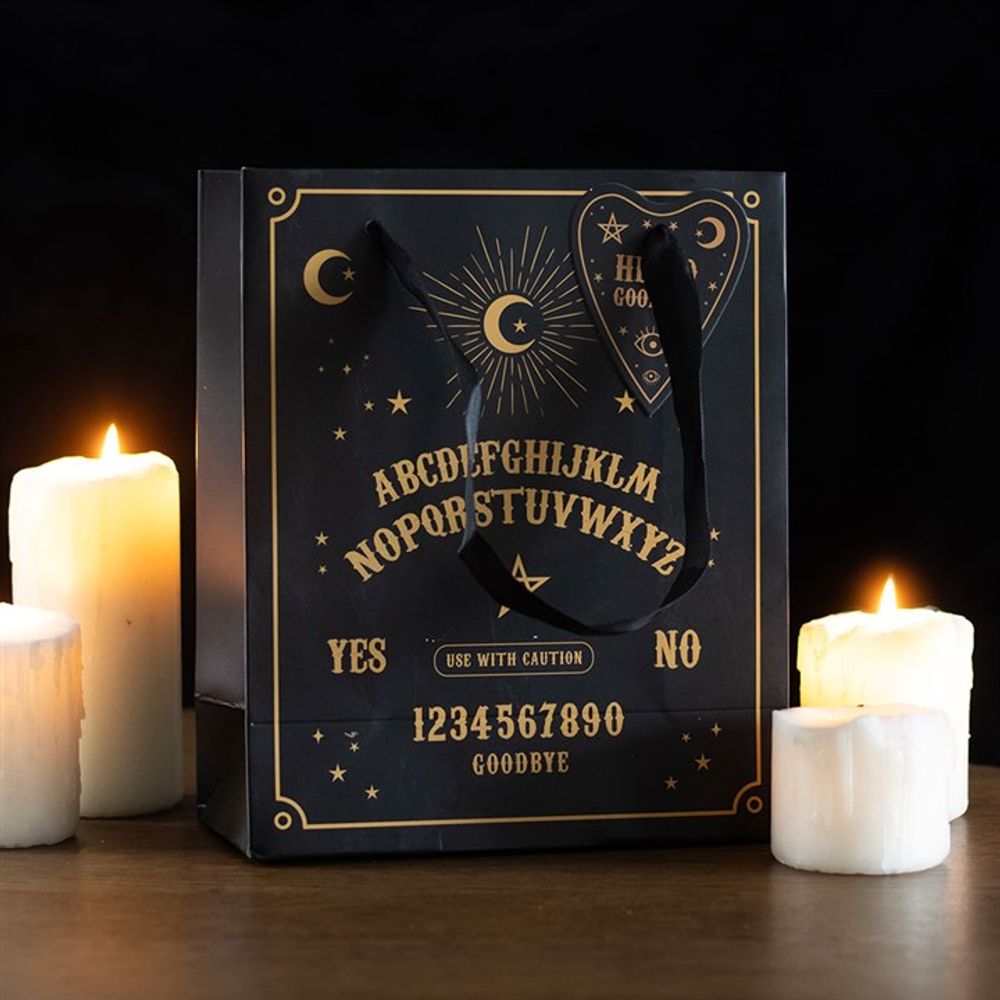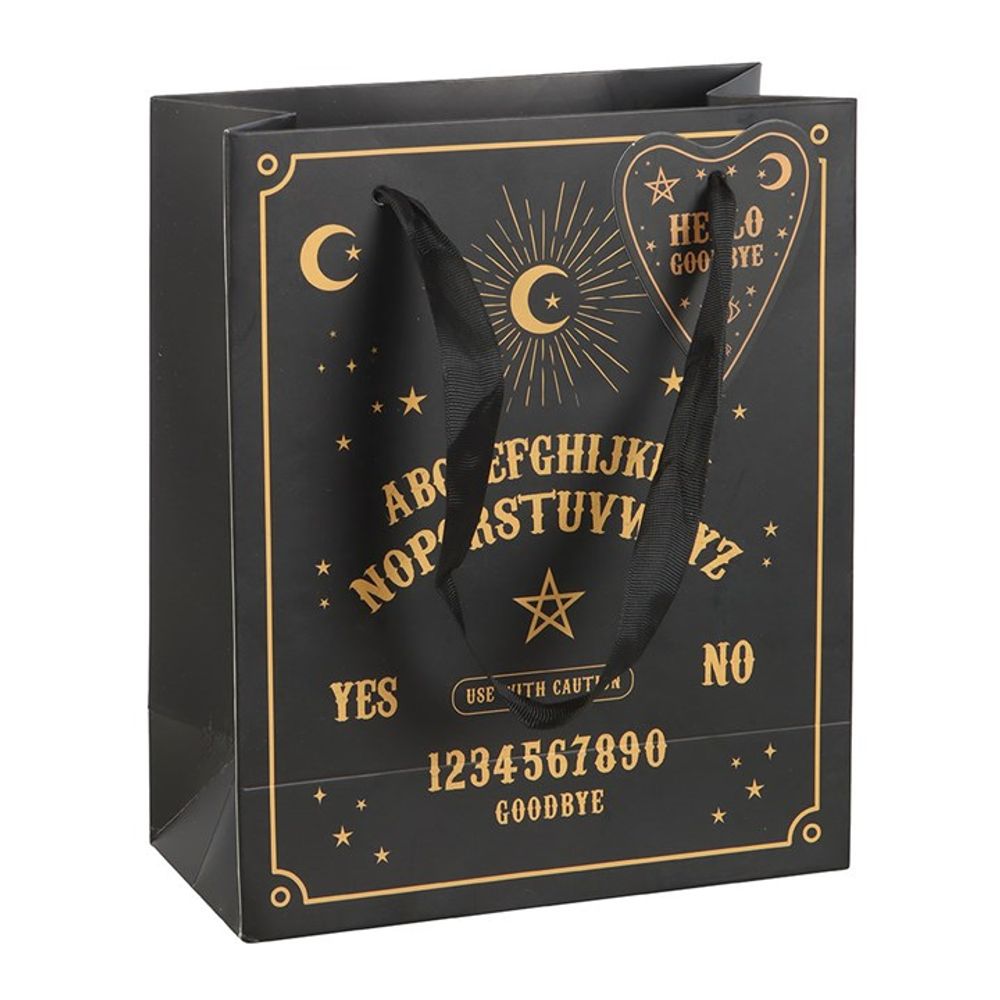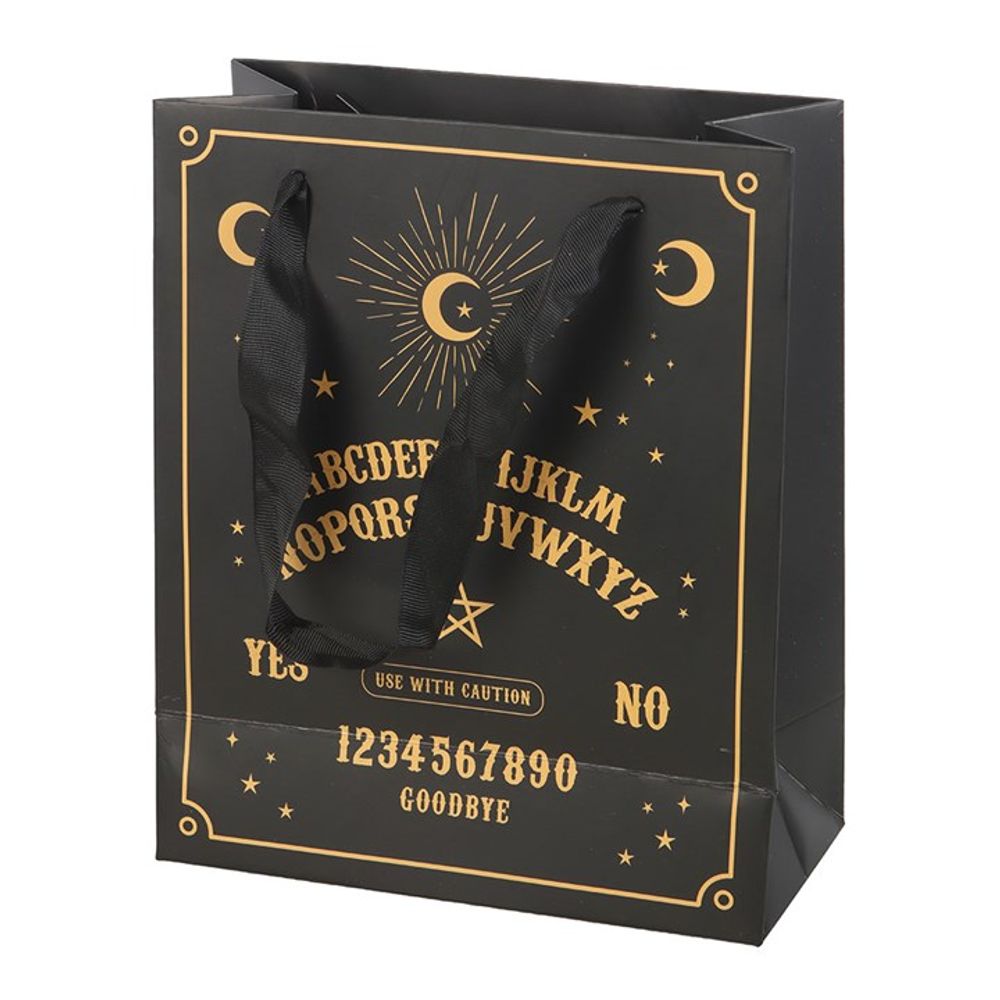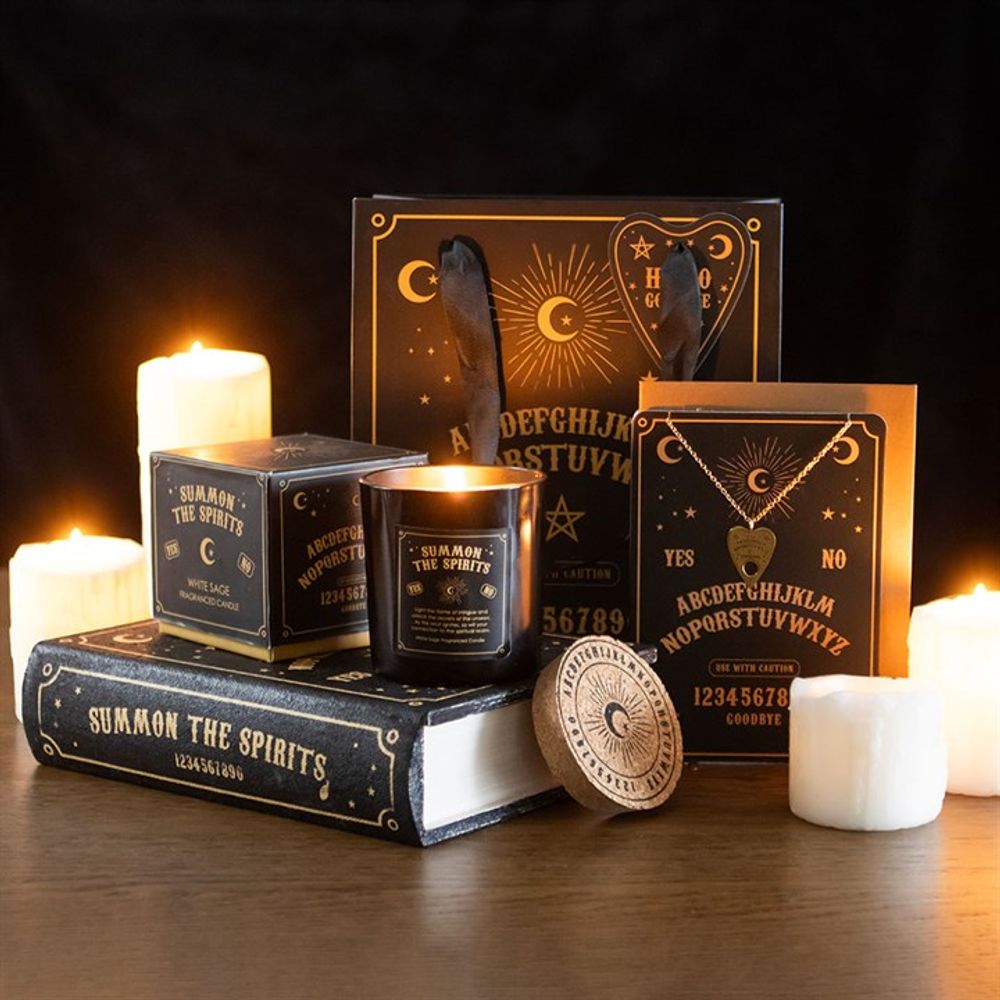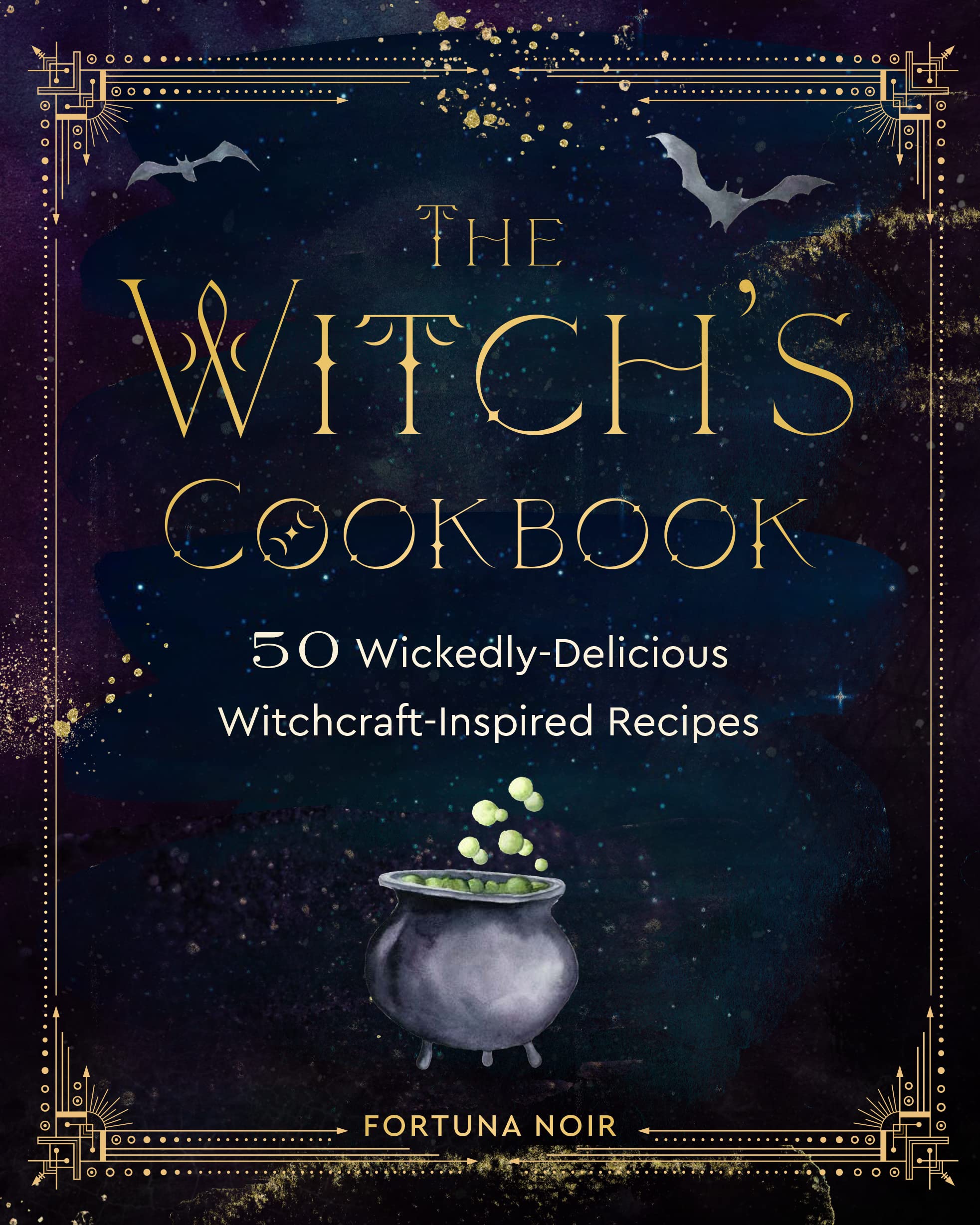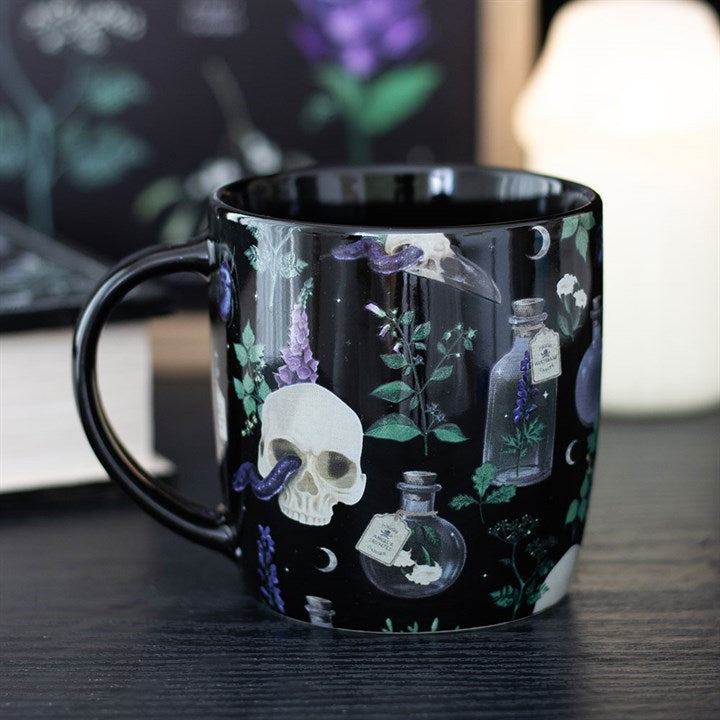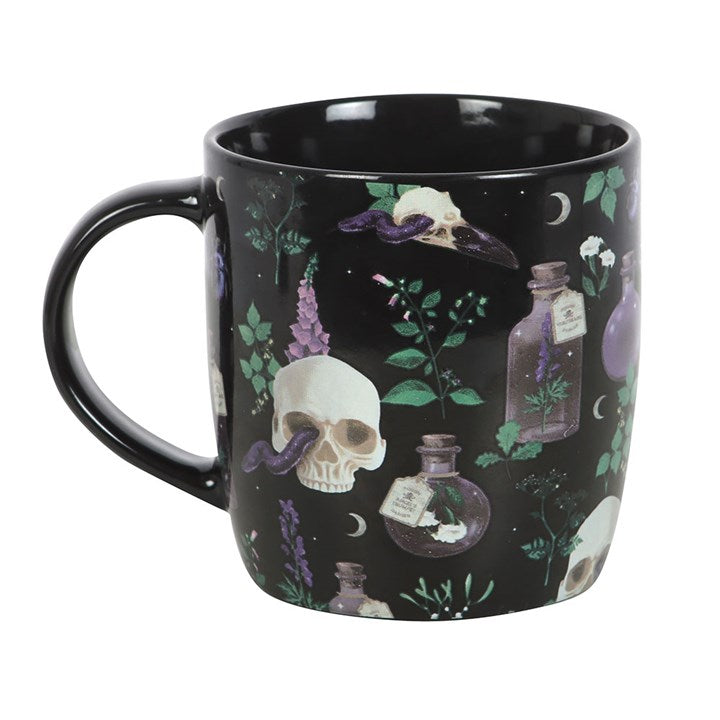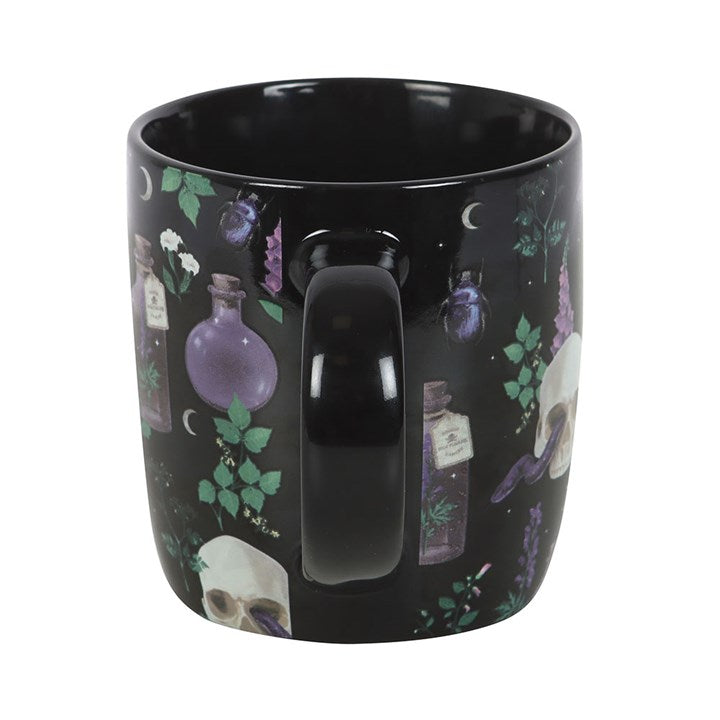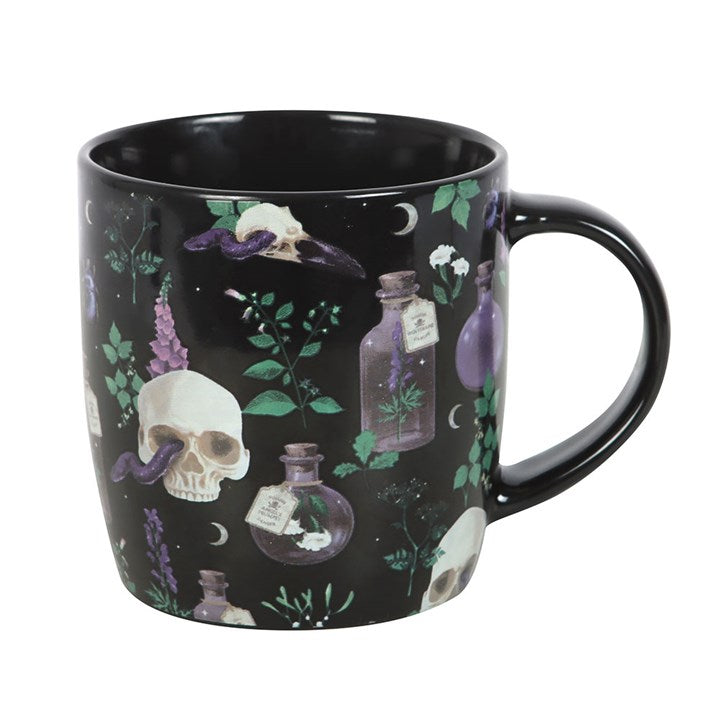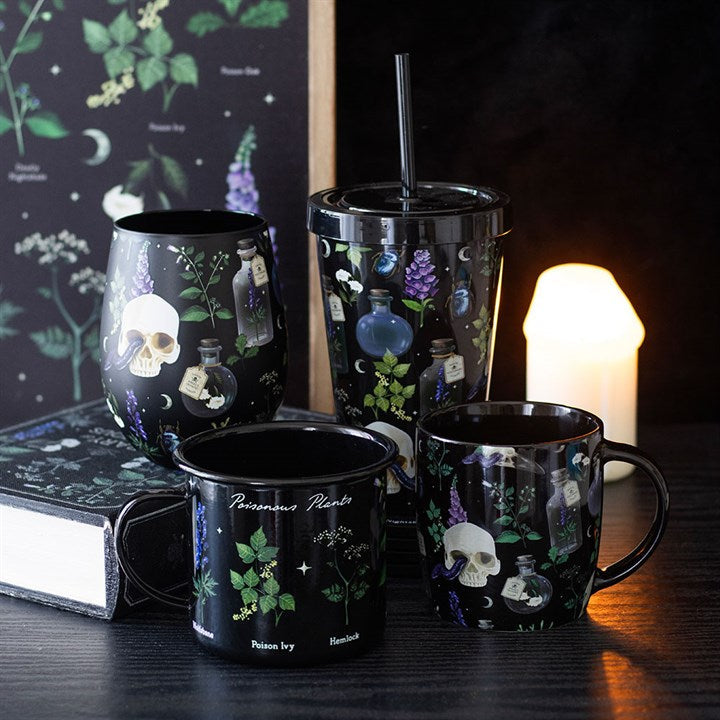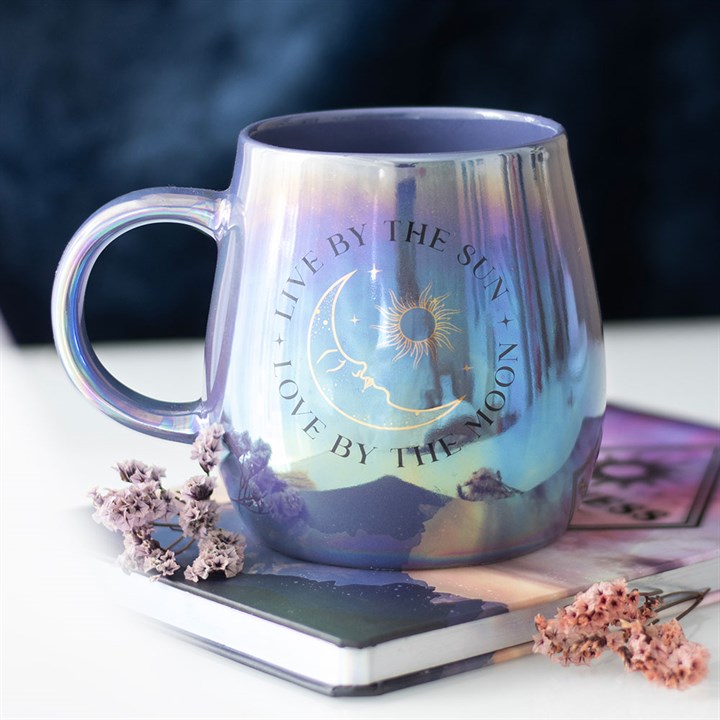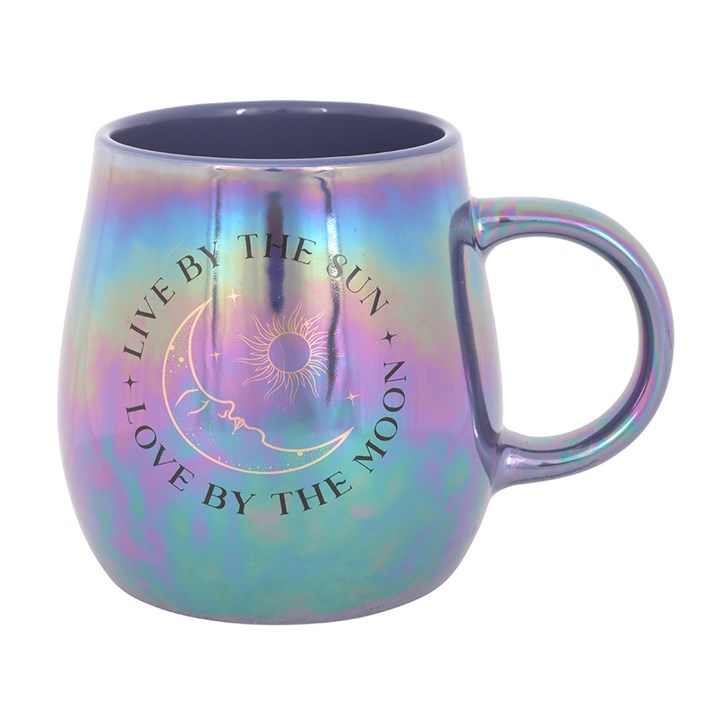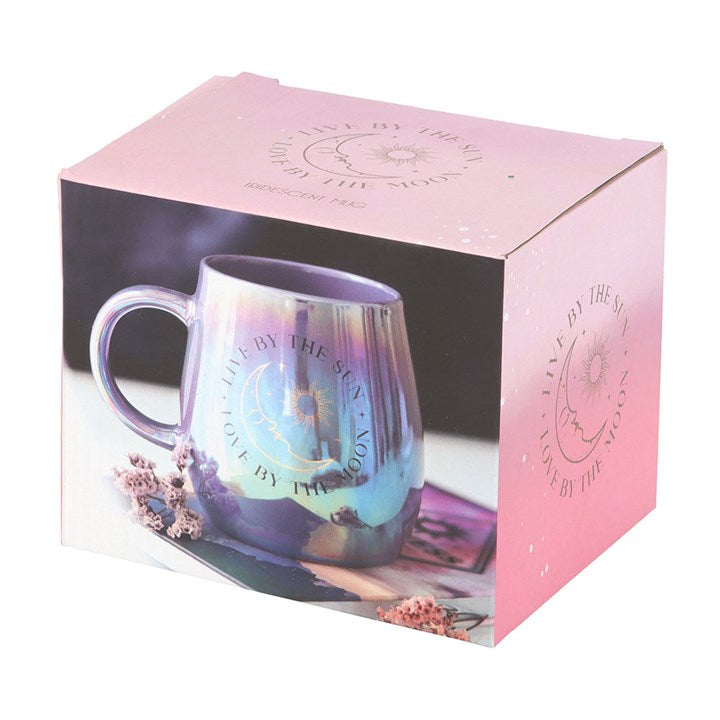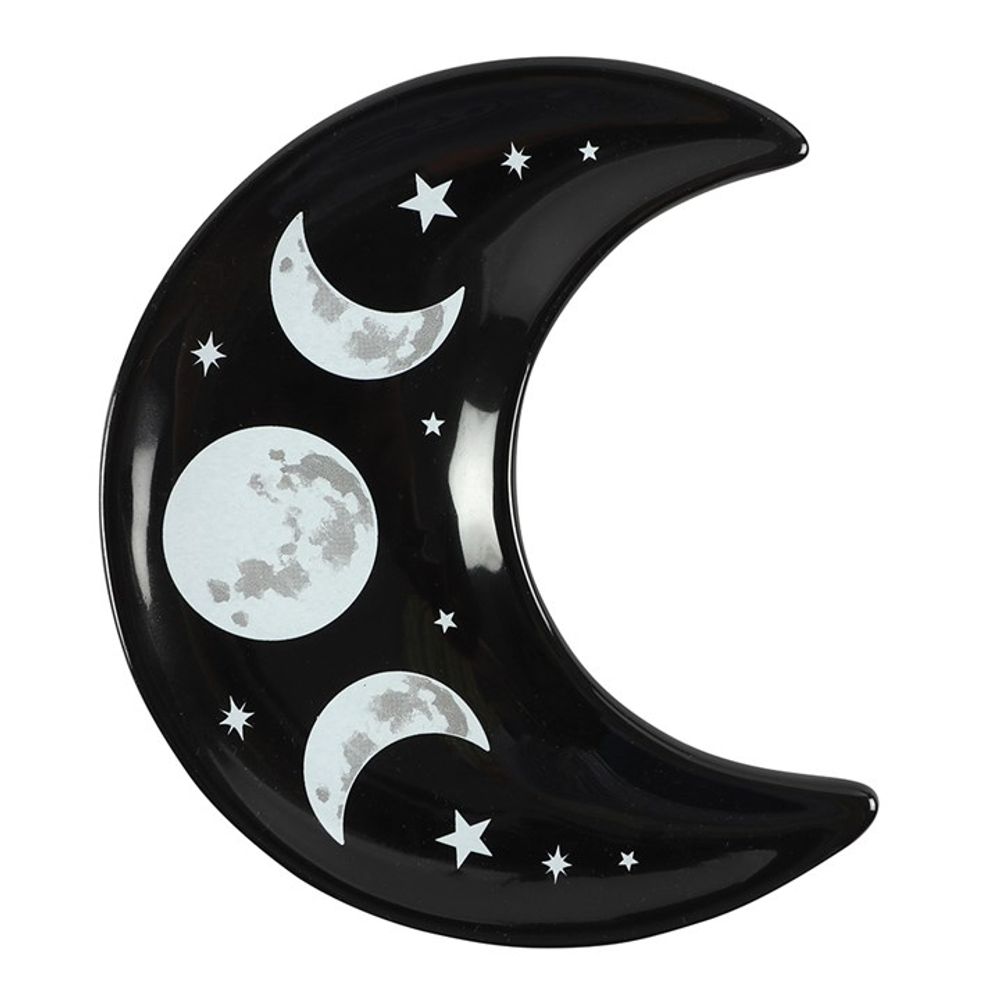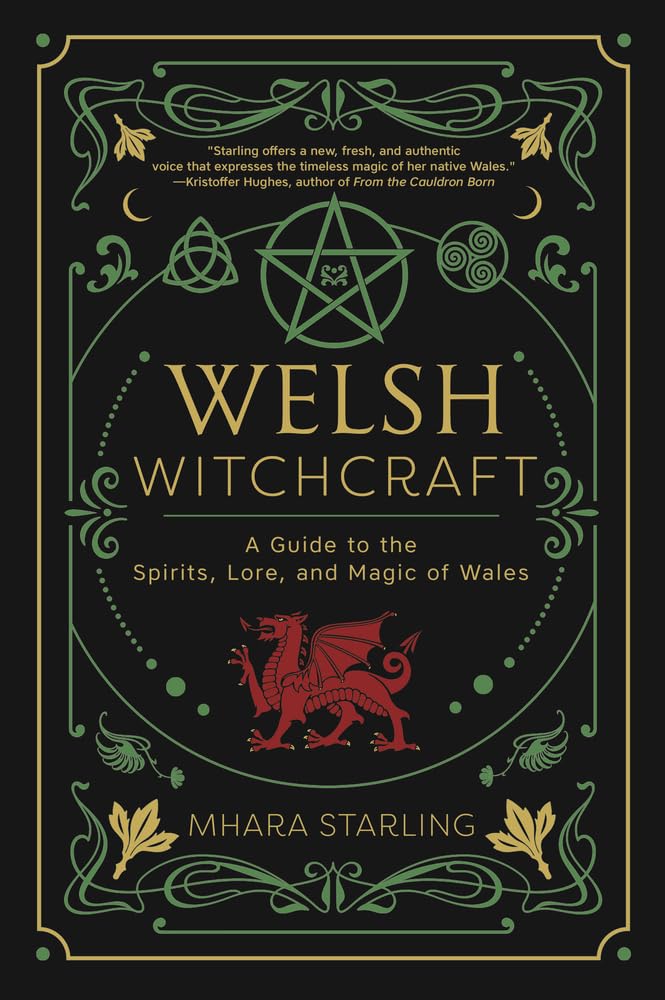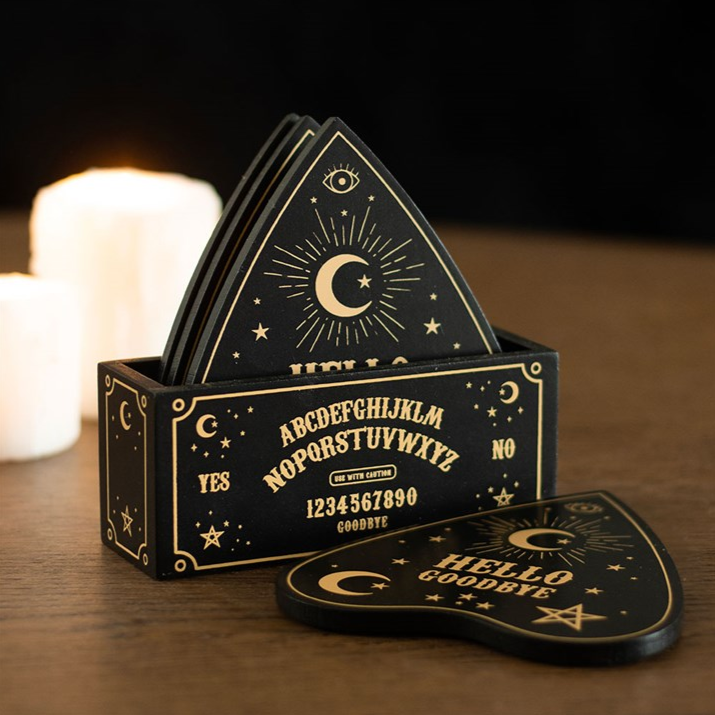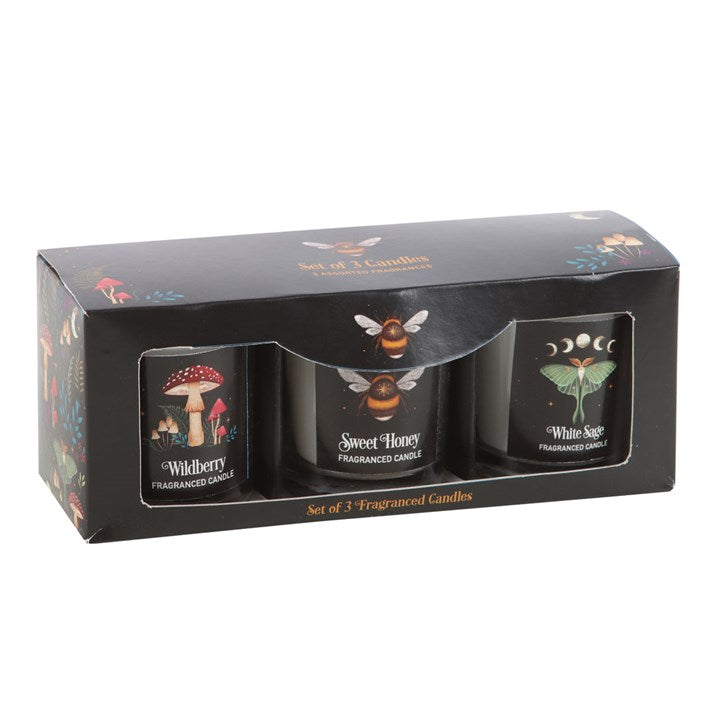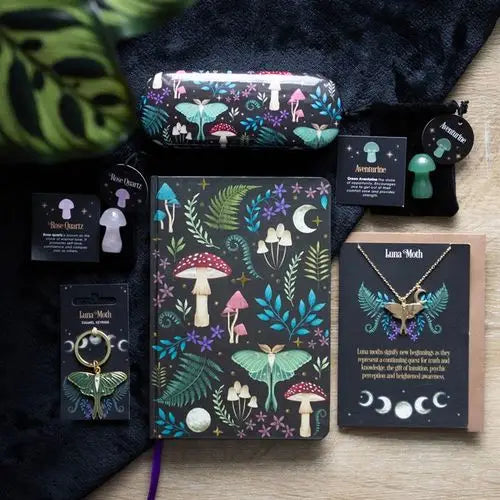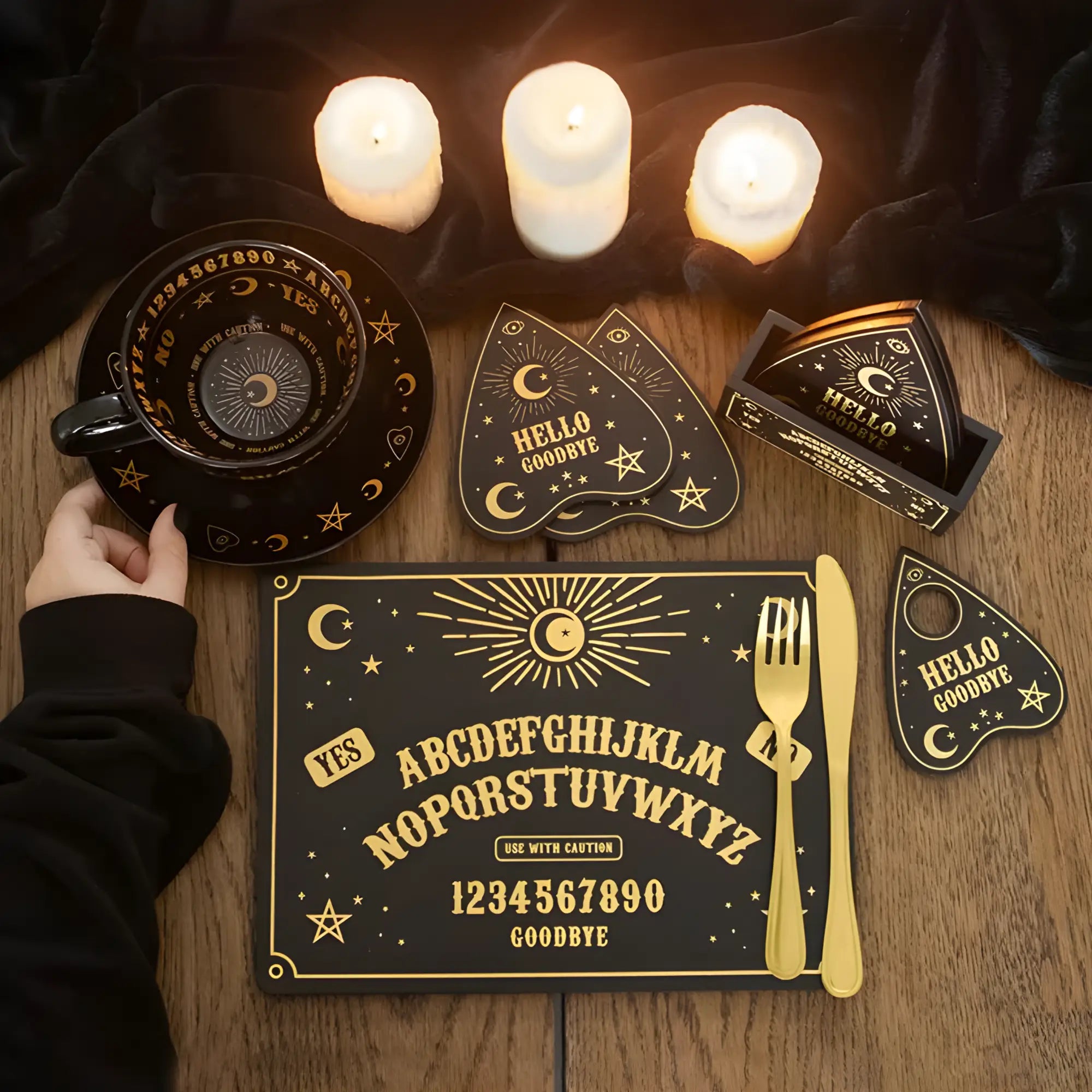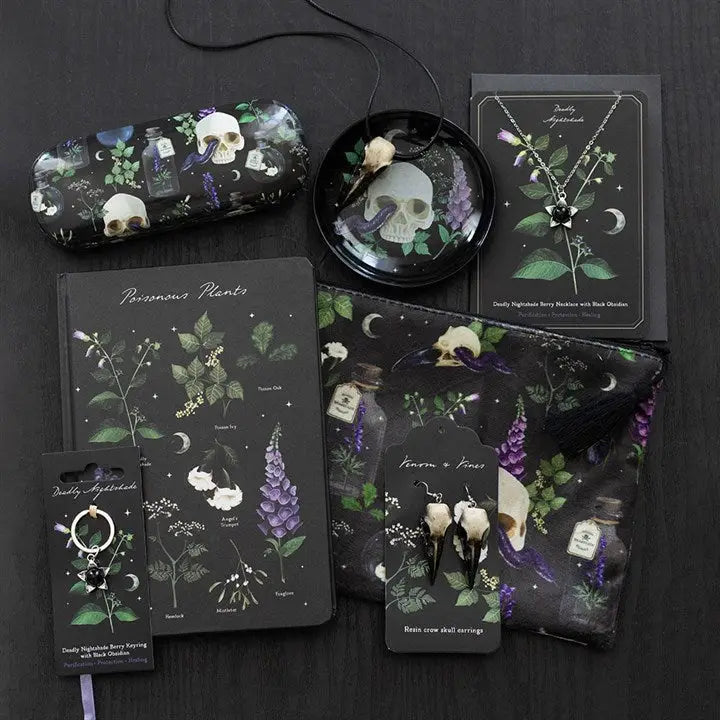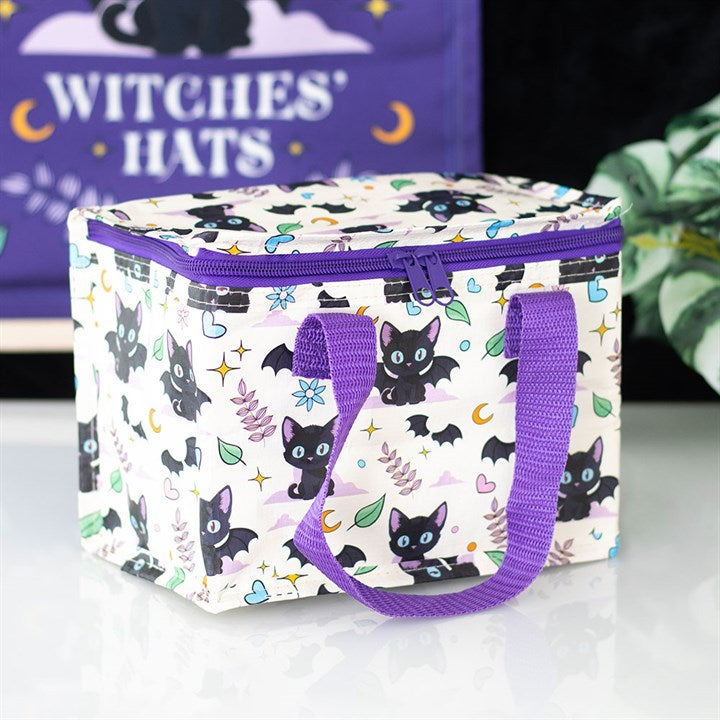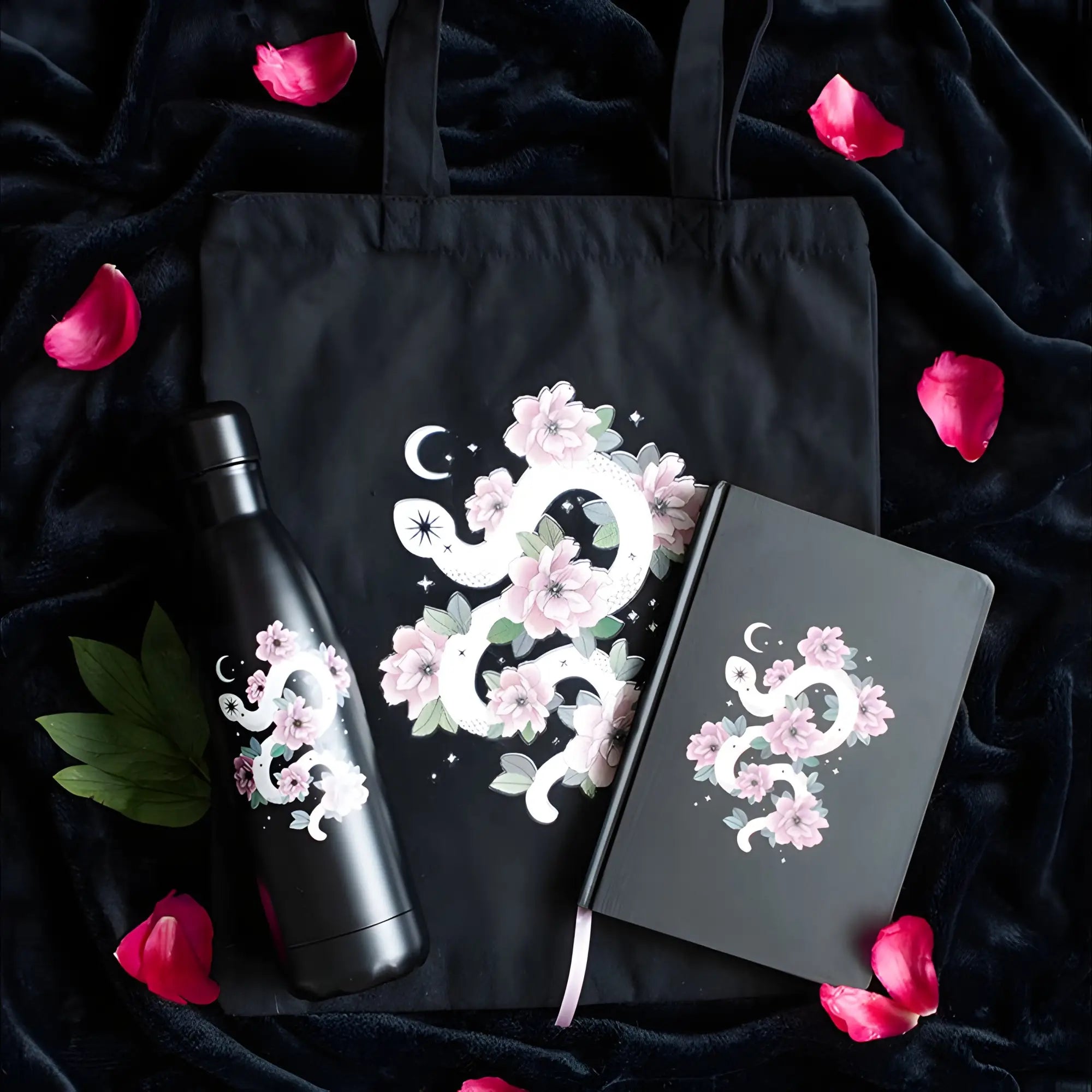Enchanting Flavors: A Witch's Guide to Magical Cooking
Delve into the mystical world of witchcraft-inspired cooking with our guide to symbolic elixirs and ritual brews. Discover the best herbs, spiritual correspondences, and nature-based practices to bring intention, creativity, and seasonal magic into your culinary adventures. Learn how to craft beverages and meals inspired by love, healing, and the rhythms of the earth—while staying rooted in safe, nourishing, and grounded practices.
What Are the Best Herbs for Witchcraft Cooking?
Herbs are a cornerstone of magical cooking traditions, offering both rich flavors and deep symbolic meanings. In the kitchen witch’s pantry, herbs are used not just for taste—but for their energetic associations and folklore.
Rosemary is often associated with memory and protection—ideal for dishes made with focus or reflection in mind.
Lavender, chamomile, and lemon balm are commonly linked to calming energy, making them perfect for relaxing teas or bedtime treats.
Thyme, sage, and mugwort are thought to align with purification, clarity, and connecting to intuition—great for ritual meals or seasonal celebrations.
Always use culinary-grade herbs, and research safe usage when working with lesser-known plants.
How Can Crystals Inspire Magical Cooking?
Crystals are not ingredients but rather tools for setting intention. While they should never be added to food or drink, they can be placed near your cooking space or used in altar arrangements to inspire your culinary rituals.
Amethyst and rose quartz might be placed on your kitchen altar to promote peaceful energy and loving intentions while you cook.
Citrine and clear quartz can be used to focus creativity and clarity when designing new recipes or experimenting with flavor.
Black tourmaline and hematite can ground your space during times of stress or chaos—especially helpful during big family meals or hosting.
Think of crystals as spiritual companions rather than cooking ingredients.
Which Essential Oils Can Support the Kitchen Atmosphere?
Essential oils are powerful aromatic tools that can elevate the ambience of your kitchen, but they should never be ingested unless certified for culinary use (and even then, with extreme caution). Instead, use them for scent, mood, or ritual preparation.
Lavender oil can be diffused to promote calm during evening prep or bedtime routines.
Frankincense or cedarwood can be used to cleanse the space before a ritual meal.
Citrus oils like lemon or orange can boost energy when you're cooking to celebrate abundance or joy.
Use essential oils in diffusers, sprays, or diluted in cleaning solutions—not in food.
The Enchanting World of Magical Potions
What Potions Are Best for Love and Romance?
Magical “potions” can be symbolic drinks—herbal teas, fruit blends, or warming beverages—infused with love, intention, and safe, edible ingredients.
Rose & Hibiscus Love Brew
Brew rose petals (culinary-grade), hibiscus, and cinnamon in warm water or tea.
Add honey to sweeten and speak your intention as you stir.
Symbolically associated with love, sensuality, and heart-opening.
Strengthening Connection Cacao
Use ceremonial cacao or dark hot chocolate with a touch of vanilla and a sprinkle of pink salt.
Drink together with a partner while setting mutual goals or gratitude intentions.
Joyful Elixir with Strawberry & Basil
Make a strawberry, basil, and lemon infusion with sparkling water.
Perfect for lighthearted connection and celebration of shared joy.
These drinks are metaphorical potions—nourishing, playful, and safe.
How Can You Create Healing Elixirs?
Magical healing elixirs can be deeply comforting beverages designed with care and soothing ingredients.
Calming Draught (Tea for Peace)
Blend chamomile, lemon balm, and a hint of lavender.
Drink before bed or during stressful times to invite calm and rest.
Restorative Golden Milk
A turmeric-based warm drink with oat milk, ginger, and a pinch of cinnamon.
Known to support the body, ease inflammation, and provide grounding warmth.
Invigorating Morning Potion
Brew green tea with mint and lemon. Add a dash of ginger syrup.
A great way to energize the body and focus the mind for the day ahead.
Healing starts with nourishment and presence. Sip with intention.
What Recipes Are Ideal for Celebrating the Seasons?
Creating seasonal recipes connects you to nature’s rhythms and enhances the magic of your kitchen.
Summer: Sunshine Serenade Iced Tea
Brew citrus peels, calendula petals, and a touch of ginger.
Bright and revitalizing—ideal for summer solstice or sunny afternoons.
Autumn: Harvest Harmony Soup
A root vegetable soup with squash, garlic, and sage.
Earthy and cozy—perfect for equinox rituals or family gatherings.
Winter: Frost Frolics Hot Cocoa
Mix cocoa powder, cinnamon, peppermint extract, and oat milk.
A comforting brew to share on long, cold nights.
Celebrate each season by crafting meals that honor its spirit.
Enchanting Recipes for Magical Meals
What Simple Recipes Can Bring Magic to Your Meals?
Magical meals don’t require fancy ingredients—just meaningful choices and a mindful approach.
Use herbs and spices with magical correspondences (like rosemary for protection or basil for prosperity).
Set intentions while chopping, stirring, or seasoning your food.
Use color and plating to reflect the energies you wish to invite.
Magic is found in everyday acts done with reverence and joy.
How to Enchant Your Drinks with Witchy Flavors?
Transform everyday drinks into magical sips with herbal infusions, symbolic ingredients, and seasonal flair.
Create herbal tisanes using lemon balm, mint, rose, or ginger.
Make cordials or simple syrups with fruit, honey, and spice for festive drinks.
Align your beverages with the moon phase or a Sabbath celebration (like Beltane lemonade or Samhain spiced cider).
Always research herbs for safety, and use food-safe methods.
What Techniques Can Make Your Cooking More Magical?
Magical cooking is more about energy and intention than exotic ingredients. Try these techniques:
Ritual Preparation
Cleanse your space (physically and energetically).
Light a candle, play music, or say a blessing before cooking.
Mindful Presentation
Plate food using color, geometry, or symmetry that reflects your intention.
Add edible flowers, herbs, or meaningful symbols.
Seasonal Awareness
Cook with ingredients that are in season to align with earth's energy.
Honor solstices, equinoxes, or moon phases with themed meals.
Gratitude and Abundance
Speak gratitude aloud as you cook or serve.
Offer a portion of your meal symbolically to nature or spirit (a small plate outside, for example).
Cooking becomes spellwork when you approach it with care and intention.
Q&A Recap
What are the best herbs for witchcraft cooking?
Culinary herbs like rosemary, lavender, sage, and basil are used symbolically for protection, love, calm, and abundance.How can crystals inspire cooking?
Crystals can be placed nearby to set intentions and enhance the kitchen’s energy, but should never be added to food or drinks.Which essential oils are ideal for magical cooking spaces?
Use oils like lavender, citrus, or frankincense in diffusers or sprays—not food—to uplift and cleanse your cooking space.What potions are best for love and romance?
Rose and hibiscus tea, cacao drinks, and fruit-based infusions are safe, symbolic drinks to enhance connection and affection.How can you create healing elixirs?
Create nourishing teas or drinks with calming or energizing herbs like chamomile, turmeric, ginger, or mint.What recipes are ideal for celebrating the seasons?
Seasonal recipes like root vegetable soups in fall or iced citrus teas in summer connect you with earth’s natural rhythm.What techniques can make your cooking more magical?
Approach cooking as ritual, use herbs with intention, and stay grounded in safe, symbolic practices that reflect the magic of nature.
Enchanting Elixirs: Crafting Witchy Recipes for the Modern Sorceress
